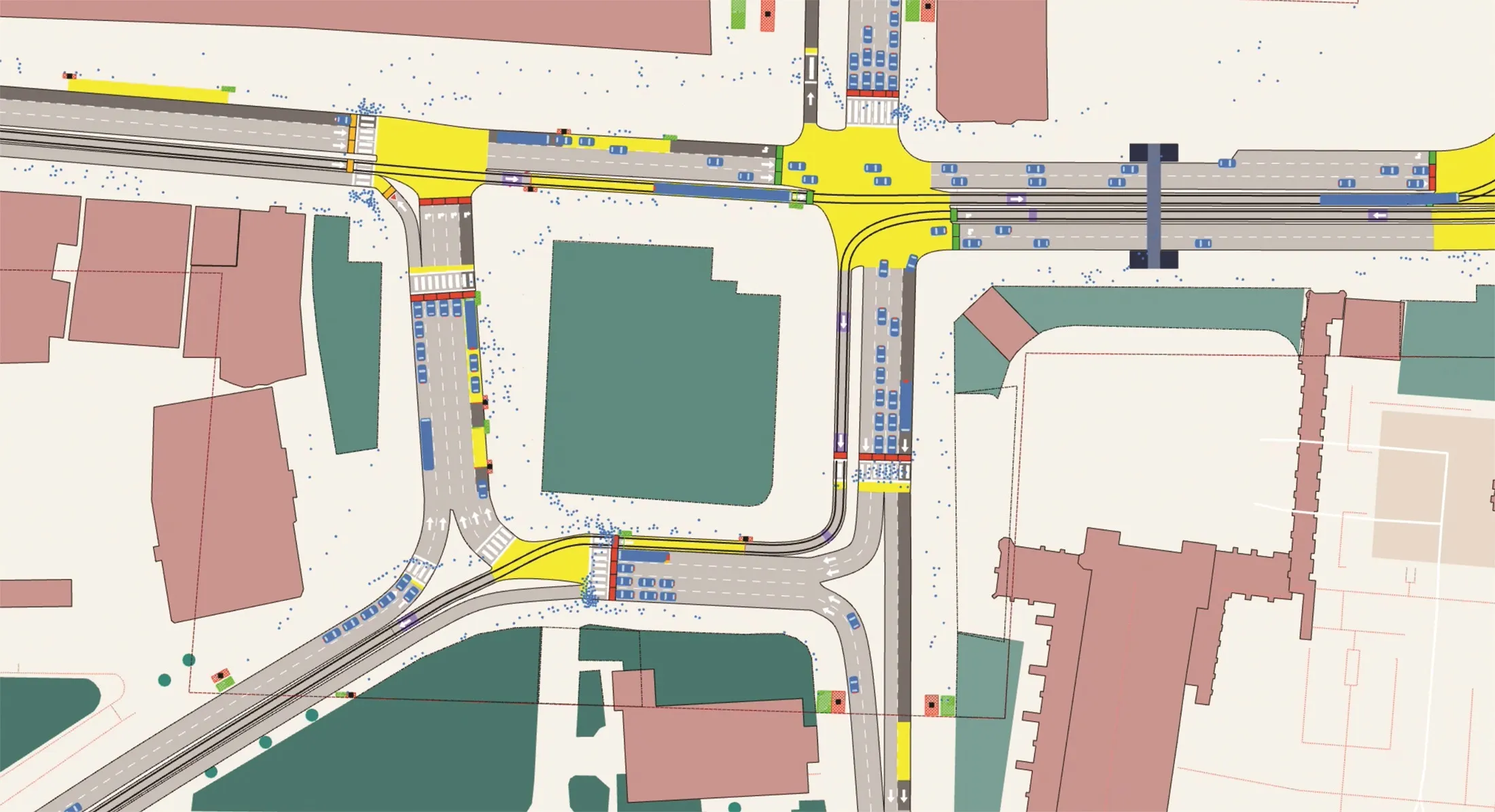A comprehensive new survey of global subway systems shows that passengers on most of the world’s large underground systems can access the wireless Internet when they travel.
March 23, 2012
Read time: 2 mins
A comprehensive new survey of global subway systems shows that passengers on most of the world’s large underground systems can access the wireless Internet when they travel. This survey, conducted in October 2011, covers 121 global cities of more than 750,000 people with an underground subway or metro system. Access to the mobile Internet is an essential component of the smart in ‘smart city’: this is how people connect to one another and to the services they need. NCF chose to focus on commuting because this is a significant part of most people’s day in big cities but one where there is a clear divide between on and offline.
The study shows the highest availability of mobile data services is in South Korea and China, where users can connect to the Internet in 100 per cent of major subway systems. Overall, Asian commuters can go online in 84 per cent of major subways, compared to 56 per cent in the EU and 41 per cent in the US and Canada. The lowest rate is in Eastern Europe and Central Asia, at 25 per cent.
According to Mathieu Lefevre, executive director of the NCF, “This study helps paint a new map of the world, where technological divides are not where you think. For instance, it says a lot that Asian commuters can check their email and read the news in more than 80 per cent of the region’s subway systems, compared to just half than in North America’.
The study shows the highest availability of mobile data services is in South Korea and China, where users can connect to the Internet in 100 per cent of major subway systems. Overall, Asian commuters can go online in 84 per cent of major subways, compared to 56 per cent in the EU and 41 per cent in the US and Canada. The lowest rate is in Eastern Europe and Central Asia, at 25 per cent.
According to Mathieu Lefevre, executive director of the NCF, “This study helps paint a new map of the world, where technological divides are not where you think. For instance, it says a lot that Asian commuters can check their email and read the news in more than 80 per cent of the region’s subway systems, compared to just half than in North America’.









